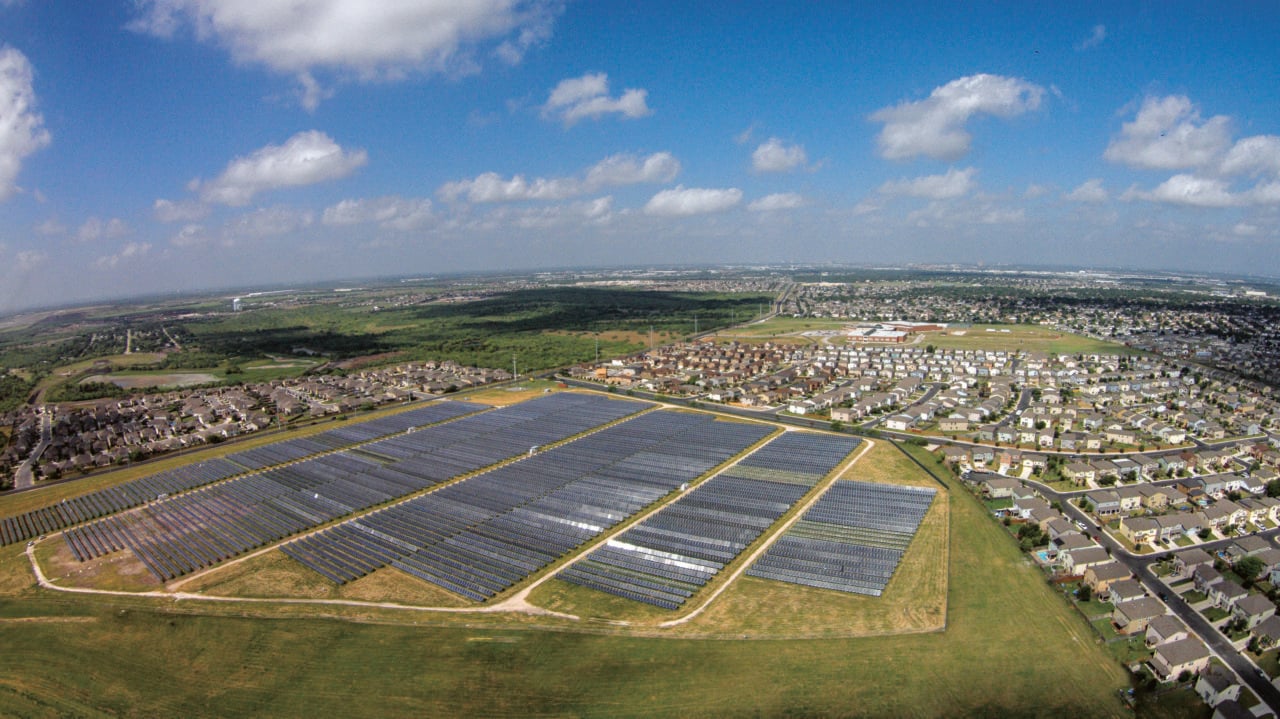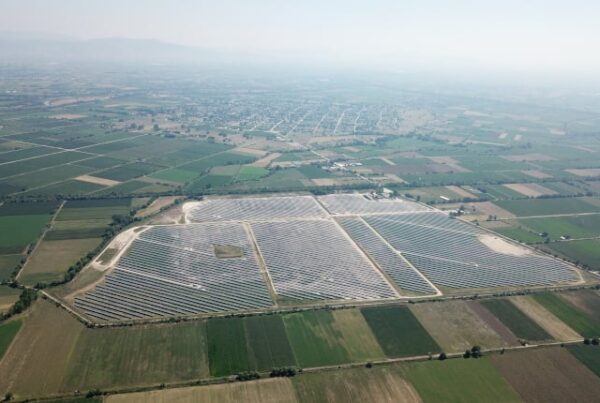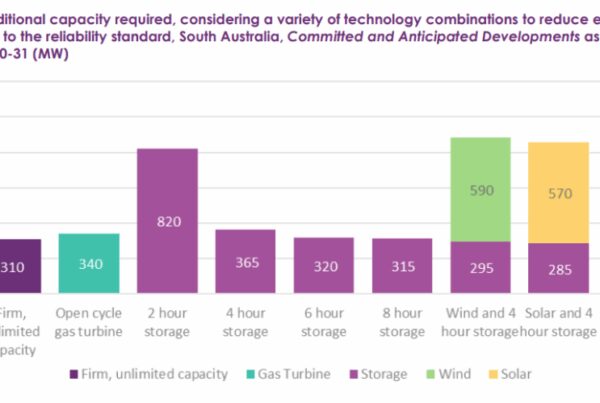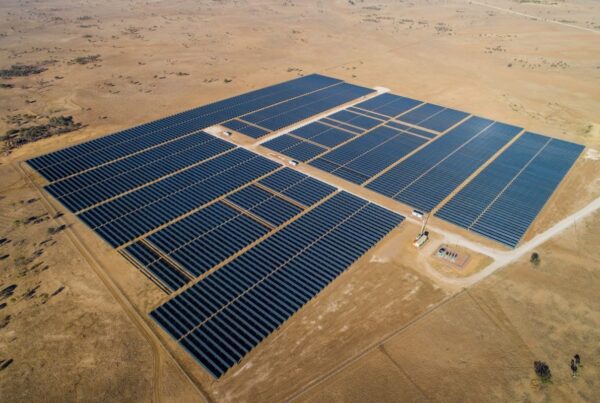
According to the Institute for Energy Economics and Financial Analysis (IEEFA), on 28 January, solar power accounted for 36.1% of the ERCOT market. While this figure fell slightly by 13 February, to just over 30% of the market, the fact that solar has met more than 30% of ERCOT’s energy demand on two days already this year is encouraging for the Texas solar sector.
ERCOT accounts for around 90% of Texas’ electricity grid, and the grid operator reports that, as of the end of January this year, 22.3GW of capacity was in operation. ERCOT expects this to rise to more than 30GW by the end of the year, and the US Solar Energy Industries Association forecasts Texas’ solar sector, as a whole, to add 38.5GW of new capacity over the next five years, the most in the US.
The graph above demonstrates how solar generation capacity is expected to increase considerably in the ERCOT market in the coming years, with this figure increasing by more than 40% by the end of 2024. Crucially, by the end of 2025, Texas is expected to have more solar generation capacity than wind, as the state’s renewables developers shift their attention from wind to solar.
Earlier this year, Tonya Miller, executive director of the Texas Solar Power Association (TSPA) told PV Tech Premium that Texas’ regulatory framework was geared towards encouraging a range of new renewable power sources, and that the state’s energy mix would be driven more by market demands and opportunities than a concerted effort to expand a single power source.
“It’s thrilling to see how much solar has grown, 3,700% over the past decade,” Miller told PV Tech this week. “Texas now leads the nation in utility-scale solar and is one of the top states for residential rooftop solar. We are further encouraged with the expected number of projects coming online over the next few years; we expect solar to be able to contribute a significant portion of the electric grid’s needs.”
As a result, the falling costs of installing solar projects in the US are driving this uptake in solar generation in Texas. According to the Berkeley Lab, the levelised cost of electricity (LCOE) in the US solar sector reached a low of US$39/MWh in 2022, comparable to the US$32/MWh in the wind sector. However, the LCOE in the solar sector has fallen by around 84% between 2010 and 2022, an average annual decline of 14%, making new solar projects more attractive to potential investors.
Indeed, analysis from LevelTen Energy suggests that the average price of power purchase agreements (PPAs) signed in North America increased over the course of 2023. As these deals are a cornerstone for many solar developers eager to generate revenue from their projects, the steady increase in PPA prices suggests that renewable deployment is becoming more lucrative for developers, potentially attracting more firms to the sector.
This is not to say, however, that solar alone is expected to dominate the Texas energy mix. The above graph demonstrates how the US Energy Information Administration (EIA) expects the state’s power landscape to change in the coming years, according to its latest report, published this month, which will see renewables – a combination of solar, wind and hydropower – account for more electricity generation than any other source by 2025.
The EIA expects ERCOT’s annual power generation to reach 451.6 billion kWh by 2025, with renewables generating 189.4 billion kWh of electricity, equal to 41.9% of the total energy mix. In 2023, natural gas accounted for 44.8% of ERCOT’s electricity generation, suggesting that, in the coming years, renewables will not be a one-for-one replacement for fossil fuel generation, but the leaders of a more diversified and varied energy mix, that is less reliant on a single power source.
“We expect US coal generation to continue to decline as generation from natural gas remains competitive, some coal plants retire, and more renewable energy sources come online,” wrote the authors of the EIA’s latest Short-term Energy Outlook. “We expect solar and wind power will grow the most in the portion of Texas that is part of the electric grid managed by ERCOT.
“Forecast solar generation in ERCOT grows by 90% in 2024 (24 billion kWh) and wind generation by 8% (billion kWh),” wrote the report’s authors.
Key players in the Texas solar sector, including the American Clean Power Association, have been reached for comment.






